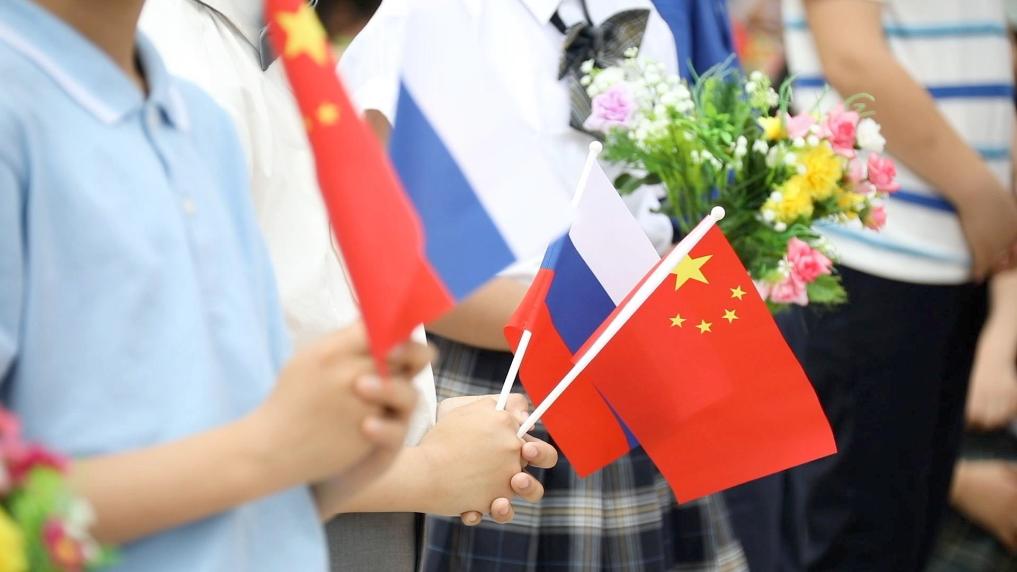BEIJING, May 17 (Xinhua) -- The blue lotus-shaped calix and pad, both made of glass, leave a lasting impression on visitors of the Gansu Provincial Museum. Their exquisite features and vibrant color are unforgettable.
Now, you can bring home teaware designed based on this star collection from the museum dating back to the Yuan Dynasty (1271-1368) from the museum's gift shop.
Thanks to such innovative products derived from artifacts at the museum, the gift shop is often crowded with customers.
Lu Yuxiao, a tourist from Nanjing in Jiangsu Province, roamed around the shelves for half an hour and bought several items. "These creative products not only have collection value, but also they can be used in daily life. More importantly, their designs are interesting and original," she said.
Lu's purchases included another bestseller -- a cute stuffed green horse that she can attach to her bag. They are all designed by the cultural products design team with the Gansu Provincial Museum.
The team was established in 2015, with all 12 members born in the 1980s and 1990s. The designers, who were accustomed to the traditional style, decided to undergo a transformation in 2021.
They noticed that the face of the bronze galloping horse, a key highlight of the museum from the Han Dynasty (202 BC-AD 220), is considered to bear a positive and energetic image. Modeling "the green horse," they designed a variety of products, including plush key chains, headgear and bookmarks.
These products soon became a hit on the internet after being promoted on social media platforms. They have since opened a new window for the public to learn more about cultural relics and understand their history.
Gao Yafang, head of the Tourism College at Lanzhou University of Arts and Science, said creative products help cultural relics reach more young people beyond the museum, intriguing them to take the initiative to inherit China's traditional culture.
In recent years, many museums in China have successfully developed products inspired by their collections and attracted a growing number of visitors. It has also become a new trend for these museums to collaborate with commercial companies to promote traditional culture in other fields.
Want to soar high with your skateboard? The skateboard featuring the flying apsaras jointly produced by Dunhuang Museum and a skateboard company may be a good choice for you.
The pattern on the skateboard drew inspiration from the murals in the Mogao Grottoes, a UNESCO World Heritage Site in Dunhuang of Gansu. It connects a cultural treasure of ancient China with a popular sport among young people, giving new life to the figures in the Mogao Grottoes.
In December, the Sanxingdui Museum in southwest China's Sichuan Province collaborated with the Chinese role-playing game Genshin Impact, which is popular both at home and abroad, to explore new ways of showcasing its cultural relics.
The Sanxingdui Ruins are believed to be the remnants of the ancient Shu Kingdom, which had its heyday around 3,000 years ago. Among the notable artifacts found at the site are bronze masks and a sacred bronze tree of nearly 4 meters high.
A short promotional video that features the Sanxingdui culture has been released with subtitles in 15 languages including English, Japanese and Korean. Players from all over the world can follow the game's character Zhong Li to see the iconic Sanxingdui findings.
The promotional video became a trending topic on multiple social media platforms soon after its publishing, and it has garnered over 6 million views within two days. Many overseas users expressed their willingness to visit the Sanxingdui Museum when they come to China.
Zhu Yarong, deputy director of the Sanxingdui Museum, said that telling the Sanxingdui story has evolved from physical exhibits and academic exchanges to crossover collaborations that utilize the language of young people. ■











